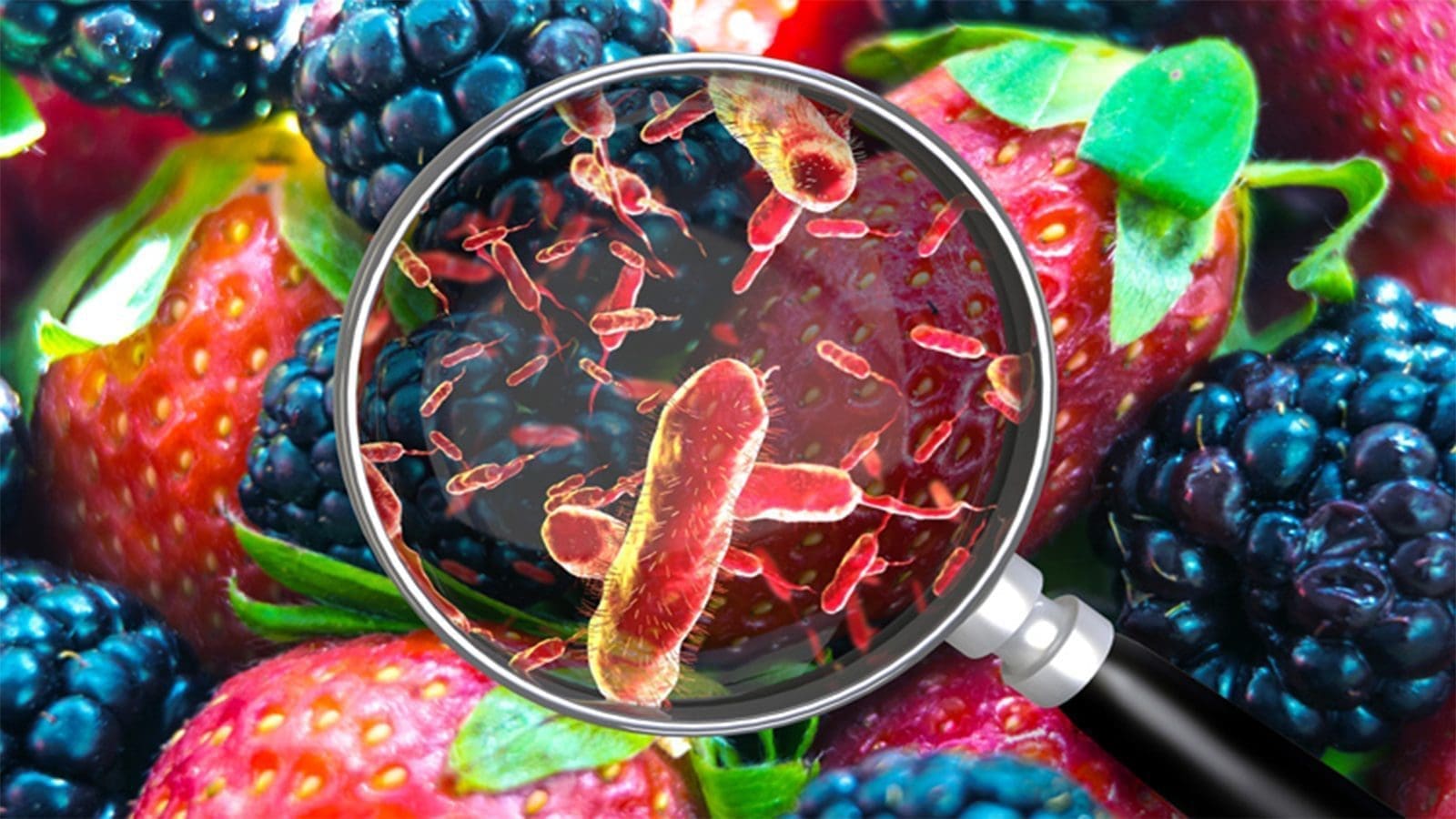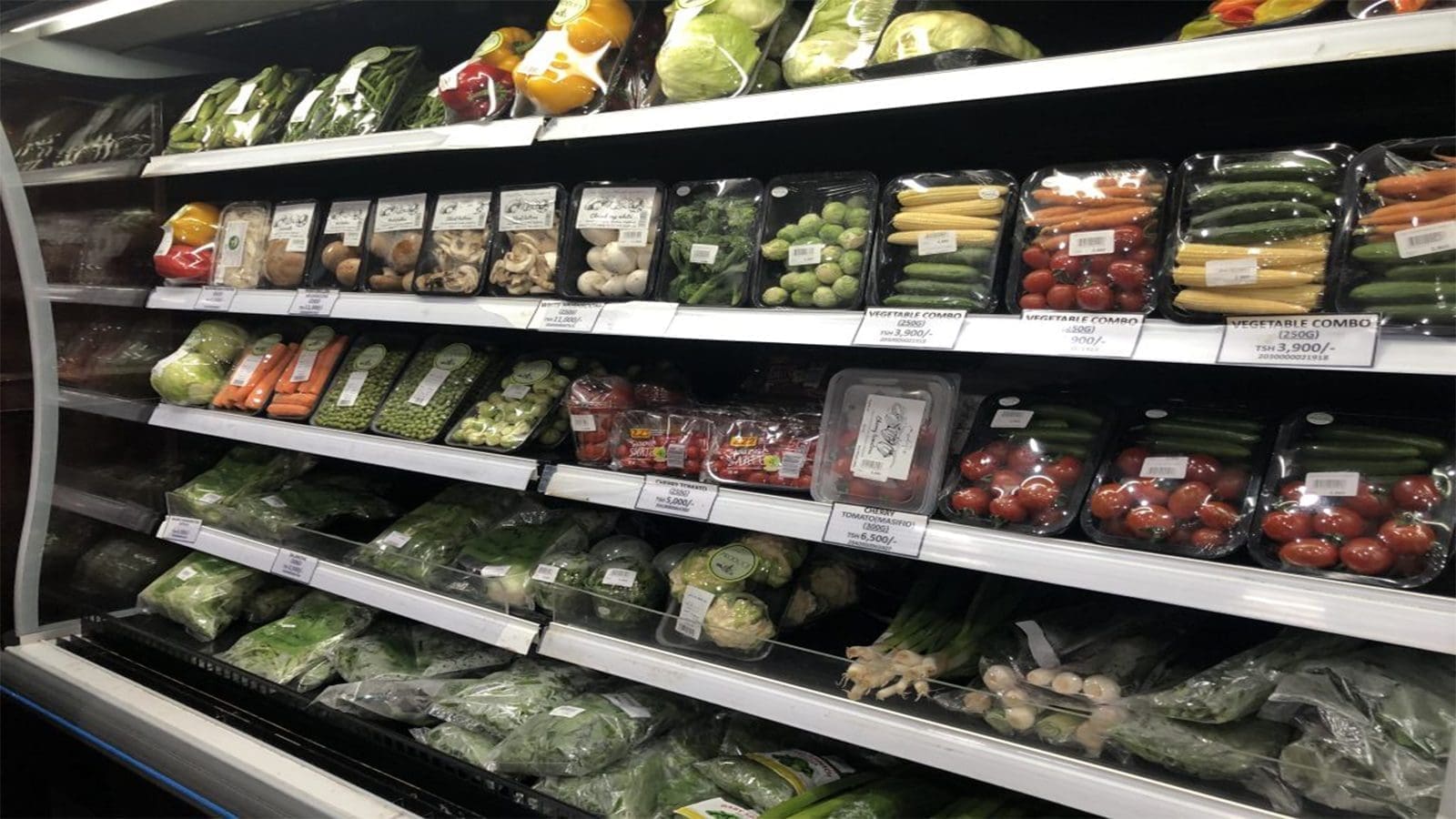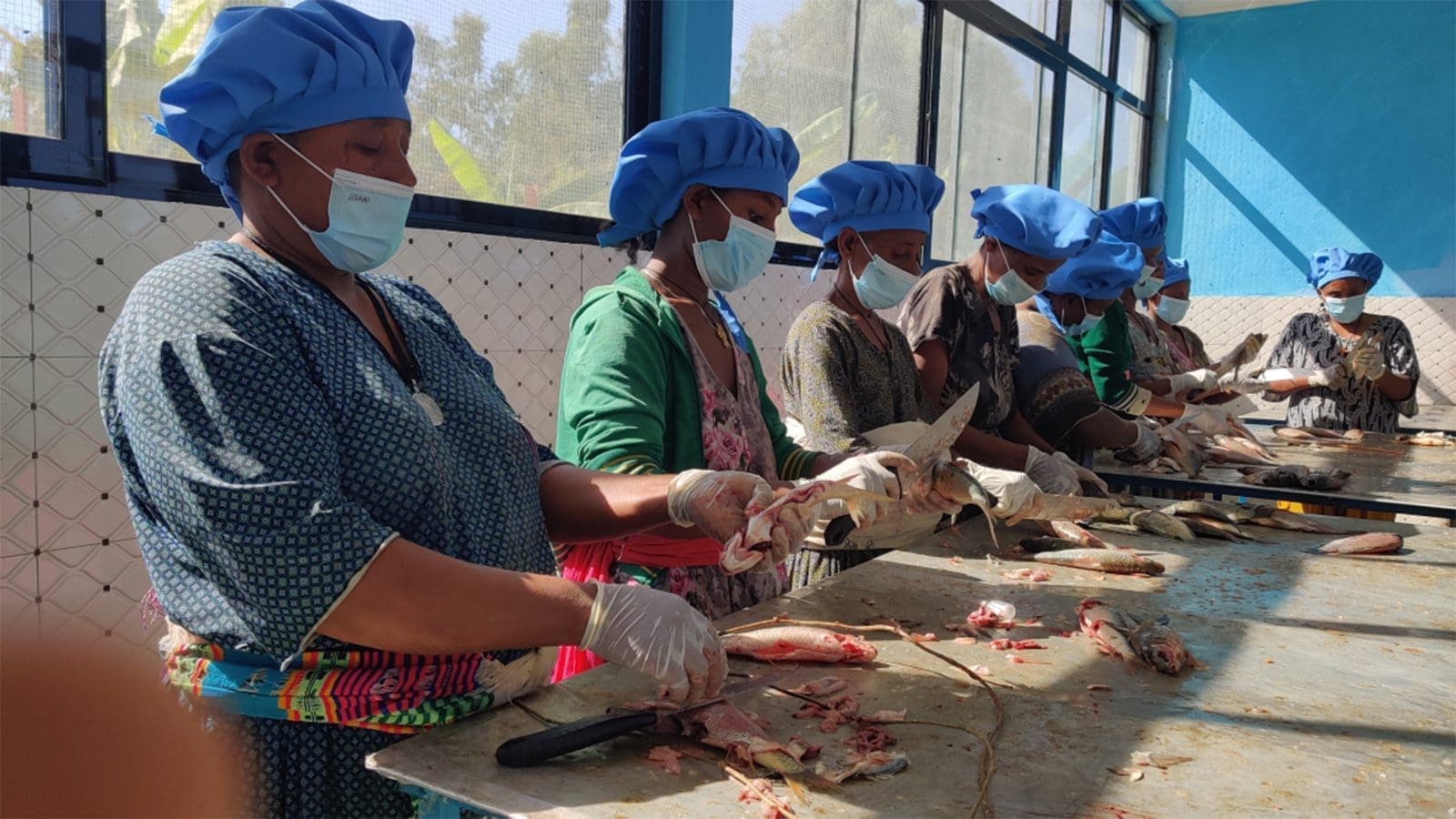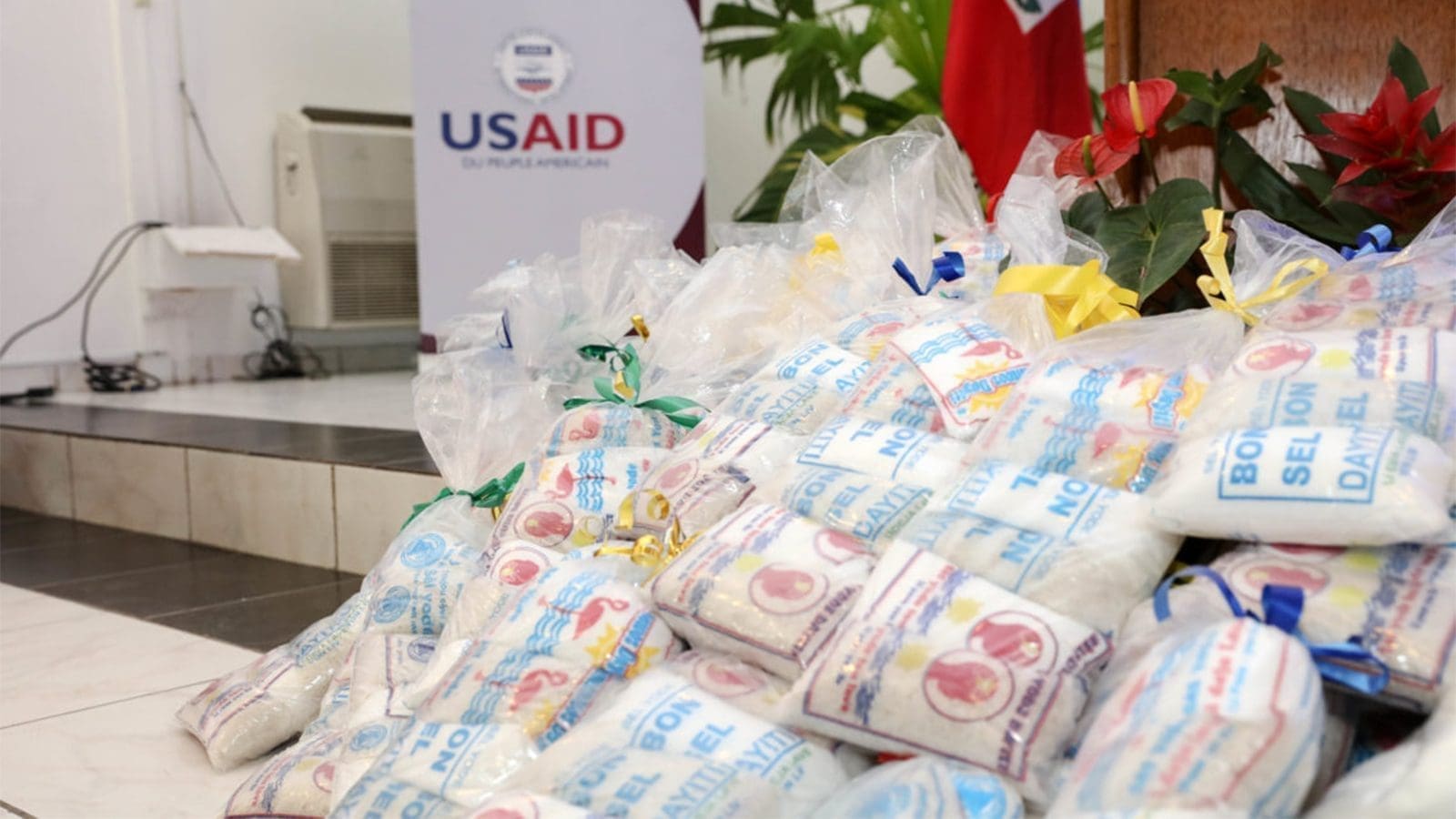U.S – In cooperation with Iowa public health officials, researchers from the U.S. Centers for Disease Control and Prevention (CDC) and the U.S. Department of Agriculture’s Economic Research Service (ERS), have developed a methodology that can be used to evaluate the value of state and federal foodborne illness outbreak investigations and subsequent recalls.
According to the CDC, foodborne illnesses cause 48 million illnesses, 128,000 hospital admissions, and 3,000 fatalities annually in the United States.
By using their model in a recent study to measure the impact of public health responses to a 2018 foodborne Salmonella outbreak linked to prepackaged chicken salad, the researchers proved that their model could be replicated.
Using their model, the researchers calculated that a quick response to the multistate Salmonella typhimurium foodborne epidemic might have prevented 94 reported cases and saved U.S$ 921,000 in medical expenses and lost productivity.
A graphic diagram of the modeling procedures used to analyze the S. Typhimurium outbreak has been supplied by ERS, as reported by Food Safety Magazine.
On February 5, 2018, the outbreak investigation got under way. The Foodborne Rapid Response team of the Iowa Department of Public Health (IDPH), using whole genome sequencing (WGS) and serotyping analyses, epidemiological interviews, and food sample testing, was able to pinpoint the outbreak’s source as prepackaged chicken salad that was sold at a particular grocery store chain in the Midwest of the United States.
The grocery store chain voluntarily pulled the item from all of its Iowa locations on February 9. On February 13, IDPH and the Iowa Department of Inspections and Appeals (DIA) jointly released a consumer advisory notification alerting consumers to the food safety event.
According to pertinent federal and state data gathered during the outbreak, the supermarket chain recalled 20,630 pounds of the contaminated chicken salad and successfully recovered 5,397 pounds (about 26 percent).
Based on a set of assumptions about food loss based on research, ERS calculated that roughly 88.5 percent (13,481 pounds) of the unrecovered chicken salad was consumed.
The researchers were able to determine that about 2,751 cases of salmonellosis were avoided by the outbreak investigation and recall by using CDC statistics on state surveillance data to estimate the proportion of reported to unreported salmonellosis cases.
Last but not least, researchers determined that the inquiry and recall saved about U.S$ 921,000 (the midpoint of the expected range of U.S$ 633,181-U.S$ 1,013,196) based on ERS estimates for the cost-per-case of foodborne salmonellosis.
Liked this article? Subscribe to Food Safety Africa News, our regular email newsletters with the latest news insights from Africa and the World’s food safety, quality and compliance. SUBSCRIBE HERE








